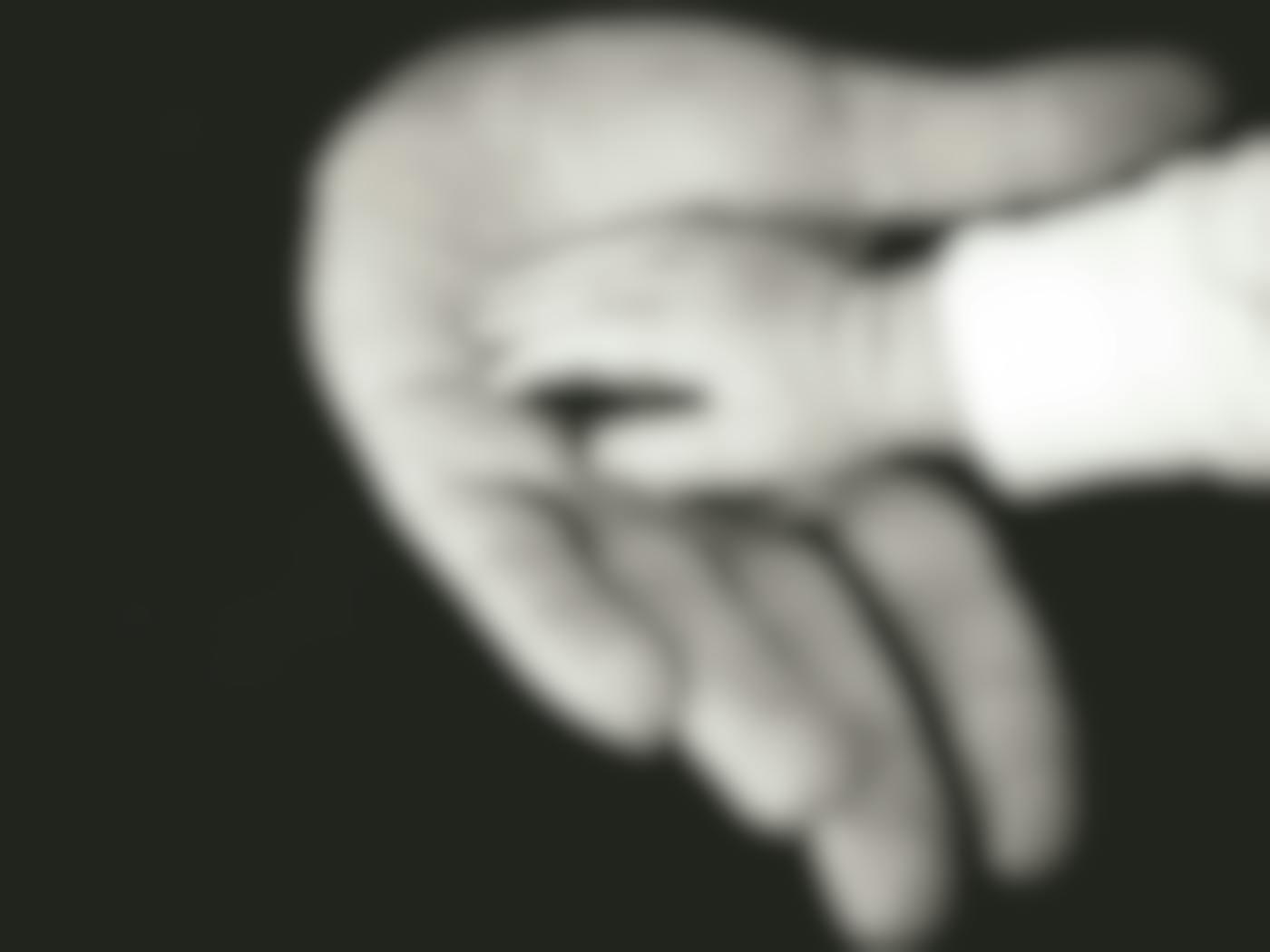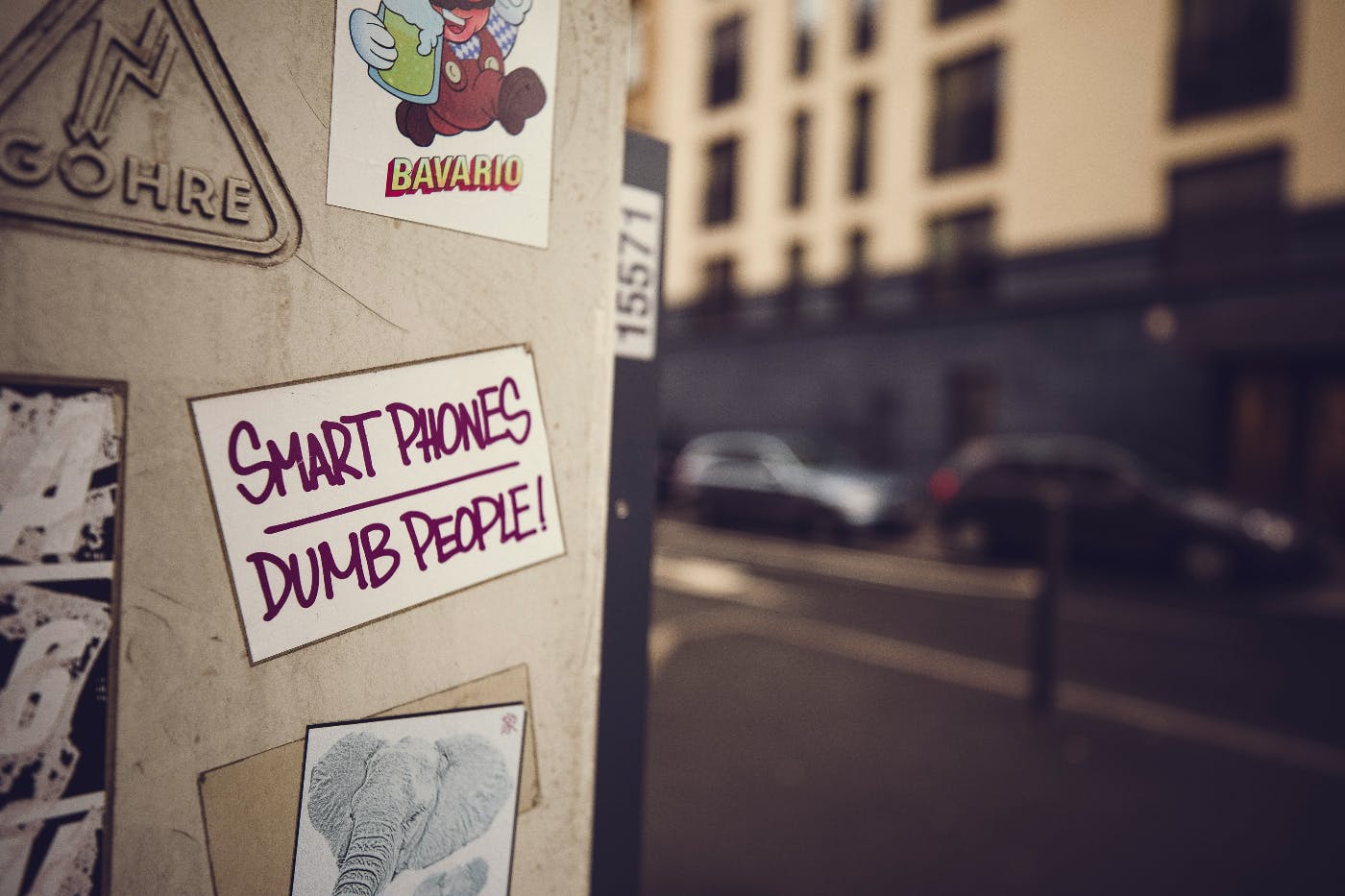
In the realm of creativity, trust acts as the cornerstone upon which innovation thrives, and artistic endeavors flourish.
If you’re even a casual reader of this blog, you’ll know that occasionally, I will refer to my other life, my other job, as an actor. I do this for a few reasons: it is my base, where I feel my strongest, and much of what I have learned being an actor for 40 years translates or enhances the work I do for ThoughtLab. Especially when I write about creativity, sometimes, something from that world will spark an idea that I can share in this world, and that is the case with today’s blog.
I was recently speaking with a group of young actors and one of them asked me why I like working with certain directors and what makes, in my mind, a good director. I will share this experience and then move into how to apply it to the office, creative teams, etc.
I talked about a director I dearly love working with, a man named Russel Treyz. I like Russ because I trust him. This came about after I did three shows with him. Russ has a way of giving notes to actors. He writes them on index cards, tells you the note as a session, and then gives you the card. One day, on the third show I was doing with him, he figured something out about me that I didn’t even recognize.
I was creating a bit, a piece of lazzi for my character, and in that scene, every time we rehearsed it, I tried something new. Now, being creative and always trying new things is part of an actor’s job; however, I tend never to stop, and Russ saw this. He saw that unless someone said, this bit is excellent; hold on to it, I would keep changing, keep searching, and eventually frustrate myself so much that I would dry up and hate the work.
After rehearsing the scene, Russ gave me a card that said, it’s excellent now, stop.
The fact that he saw what I do and understood that I would keep pushing and pushing and that I would only stop if I were told to, that realization, that insight into my work, made me trust Russ. I trusted that I was free to play, keep creating, keep trying and that he was watching, and he would say hold onto that.
That made me trust him, and also it made me feel trusted. Once there is that level of trust in the rehearsal room, your desire to create is unleashed. You are free to try anything because you know the director won’t let you do something that doesn’t work and make you look dumb, but he also won’t let you work yourself into a frenzy and end up hating everything you do.
That trust is why I would work with Russel any time, any day. That level of trust is vital for the creative mind, and when it’s there, the freedom allows for much more good work to be done.
That conversation made me think about being creative at an agency and how wonderful it is when your boss trusts you and backs you, as opposed to how hard it is to create when your boss is constantly testing you due to lack of trust.
So, today’s blog is about trust, why it’s vital to creativity, and how to allow it in the work.

Creativity
In the realm of creativity, trust acts as the cornerstone upon which innovation thrives, and artistic endeavors flourish. It's the adhesive that binds teams together, the fuel that propels individuals to push boundaries, and the catalyst that unlocks the door to unparalleled achievements. Trust in the creative process isn't just about having faith in one another's abilities; it's about fostering an environment where risks are embraced, ideas are freely exchanged, and collaboration is elevated to an art form.
When creatives feel trusted, they are empowered to venture into uncharted territories, explore unconventional concepts, and challenge the status quo. The magic of creativity truly unfolds within this realm of trust. Here, individuals are not shackled by fear of failure but emboldened by the belief that their ideas are valued and their contributions respected. This sense of trust ignites a spark within creatives, propelling them to push beyond their comfort zones and strive for greatness.
Vulnerability
At the heart of trust lies the acknowledgment of vulnerability. When creatives feel trusted, they are more willing to expose their vulnerabilities, share their insecurities, and take risks that might otherwise seem daunting. In trusting environments, mistakes are not seen as failures but as opportunities for growth and learning. This acceptance of vulnerability fosters a culture of experimentation and innovation, where failure is embraced as an essential stepping stone on the path to success.
Moreover, trust enables creatives to tap into their full potential. When individuals feel trusted, they are more likely to take ownership of their work, take initiative, and take risks. This sense of ownership fosters a deep sense of pride and accountability, driving creatives to pour their hearts and souls into their projects. As a result, the work produced is not merely satisfactory but exceptional, reflecting the passion and dedication of those who created it.
Collaboration
In trusting environments, collaboration flourishes as creatives come together to share ideas, offer feedback, and support one another's endeavors. Trust breeds collaboration by fostering an atmosphere of mutual respect and appreciation. When individuals trust one another, they are more open to diverse perspectives, constructive criticism, and collective decision-making. This collaborative spirit fosters creativity by encouraging the cross-pollination of ideas and the synthesis of diverse viewpoints.
Furthermore, trust creates a ripple effect that extends far beyond individual projects or teams. When organizations cultivate a culture of trust, they attract top talent, foster innovation, and achieve greater success. Trust becomes a cornerstone of the organization's identity, shaping its reputation, guiding its decisions, and driving its growth. In trusting environments, employees are more engaged, motivated, and loyal, leading to higher levels of productivity and performance.

Building trust
However, building trust is not a one-time endeavor but an ongoing process that requires effort, commitment, and dedication. Trust must be nurtured through transparent communication, consistent behavior, and genuine empathy. It requires leaders to lead by example, demonstrating trust in their teams and empowering them to take ownership of their work. It also requires creatives to trust in themselves, believe in their abilities, and embrace the uncertainty that comes with creative exploration.
Building trust is akin to tending to a delicate garden. It's not a task that can be checked off a list once and forgotten. Instead, it demands ongoing attention, care, and investment. Trust doesn't blossom overnight; it's cultivated through a combination of deliberate actions and genuine intentions.
Transparent communication serves as the fertile soil upon which trust can thrive. Openness and honesty create an environment where doubts and concerns can be addressed openly, fostering a sense of security and reliability. When individuals feel heard and understood, they are more likely to trust the intentions and decisions of those they interact with.
Consistent behavior acts as the sunlight that nourishes trust, illuminating the path forward with predictability and reliability. When actions align with words over time, trust deepens as individuals come to rely on the consistency of behavior as a marker of integrity and dependability.
Genuine empathy acts as the water that quenches the thirst for connection and understanding. Empathy enables individuals to see beyond their perspectives, fostering a sense of camaraderie and support. When leaders and team members demonstrate empathy, they forge bonds built on compassion and mutual respect, strengthening trust.
Leaders play a crucial role in cultivating trust within teams. By leading by example, they set the tone for trustworthiness, demonstrating integrity, accountability, and respect in their actions. When leaders trust their teams to make decisions and take ownership of their work, they empower individuals to excel, fostering a culture of autonomy and collaboration.
Similarly, trust extends inward, requiring creatives to trust in themselves and their abilities. Believing in one's capacity to innovate and create fosters the confidence needed to embrace the uncertainties inherent in the creative process. When individuals trust in their skills and intuition, they are more likely to explore new ideas boldly, pushing the boundaries of creativity and innovation.
In essence, building trust is a multifaceted endeavor that requires dedication, patience, and commitment from all parties involved. It's a journey marked by transparent communication, consistent behavior, genuine empathy, and a steadfast belief in oneself and others. As trust grows, so does the strength of relationships, paving the way for collaboration, innovation, and success.
Summing Up
Trust is the ultimate catalyst for creative success. It empowers individuals to go further, risk more, and ultimately create better. When creatives feel trusted, they are liberated from the constraints of doubt and fear, free to unleash their full potential and bring their visions to life. In trusting environments, collaboration flourishes, innovation thrives, and excellence becomes the standard. So, let us embrace trust as the foundation upon which creativity can genuinely soar, unlocking boundless possibilities and shaping a brighter future for all.

